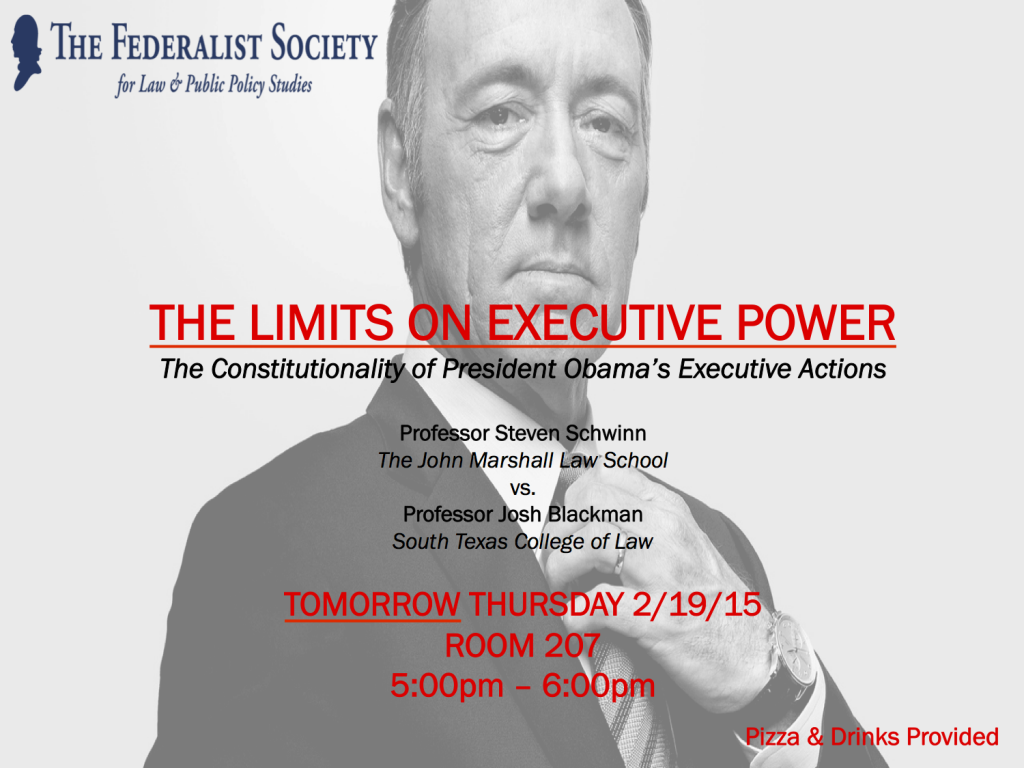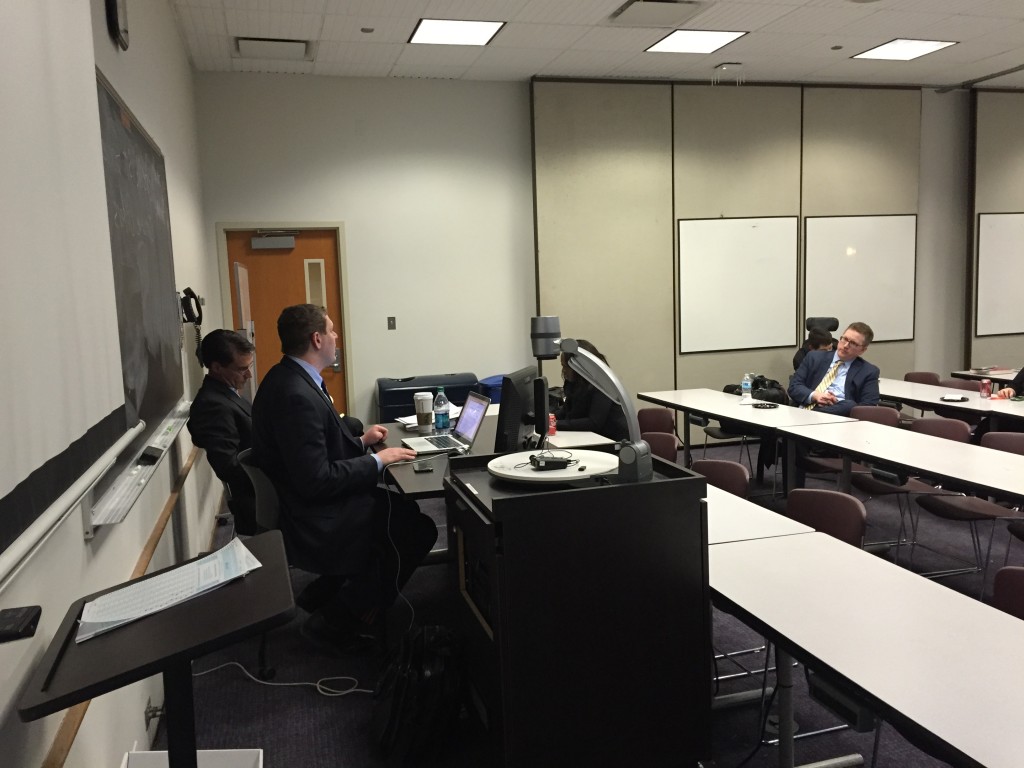In an article explaining that 800,000 people who signed up for insurance on HealthCare.gov (1/5 of the total) received incorrect tax notices, the Times causally mentions that the President caved to pressure and is opening up a “special enrollment period.”
The health care law requires Americans to have insurance, obtain an exemption or pay a tax penalty. Mr. Slavitt said the new special enrollment period was intended for people who had been unaware of the penalty, which the government calls a “shared responsibility payment.”
To qualify for the special enrollment period, consumers must certify that they filed their tax returns and paid the penalty for not having coverage in 2014. They must also certify that they “first became aware of, or understood the implications of, the shared responsibility payment after the end of open enrollment — Feb. 15, 2015 — in connection with preparing their 2014 taxes.”
…
The special enrollment period serves three purposes to the administration. It will increase the number of people with health insurance, a goal long sought by Mr. Obama. It will reduce the number of people who must pay tax penalties, potentially reducing anger at the White House and opposition to the Affordable Care Act. And it will increase the number of people who receive health insurance subsidies and thus have a personal stake in a Supreme Court case challenging payment of the subsidies in more than 30 states.
Of course, there is no way to prove who only learned about the Obamacare penalty after enrollment closed in February 2015.
It is not clear how the government could verify taxpayers’ claims about when they first realized the implications of the tax penalty. But the pressure to create the new enrollment opportunity was clear. Democrats like Senator Tammy Baldwin of Wisconsin and Representative Lloyd Doggett of Texas, who had urged the move, welcomed the announcement Friday.
This article is very confusing, and doesn’t actually explain how the “special enrollment period works.
The deadline to sign up on HealthCare.gov for coverage in 2015 was February 15, 2015. If you failed to do so, you will need to wait until next year for coverage. By failing to have health insurance during any month in 2015, you will be subject to the individual mandate penalty (or as John Roberts likes to think of it, a tax). If someone signs up for health insurance in March of April, they were still uninsured in January and February, so they would be subject to the penalty. Of course, none of this will matter until 2016, when the returns for 2015 are due. So why the urgency now?
Because as many as 6 million people, who were subject to the individual mandate in 2014 (not covered by exemption), will have to pay the penalty before April 15. The Administration is panicking, and worries about how these people will suffer a huge tax bill. So to preempt this from happening again next year, they’ve re-opened the enrollment period.
Is this even legal? Does HHS have the authority to do this? I haven’t had time to research this question, but I will look into it.




